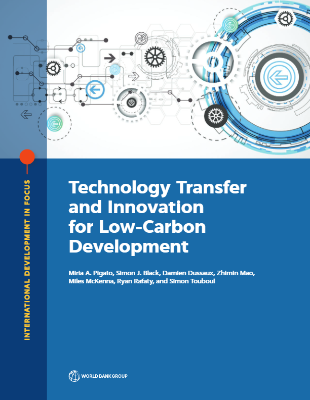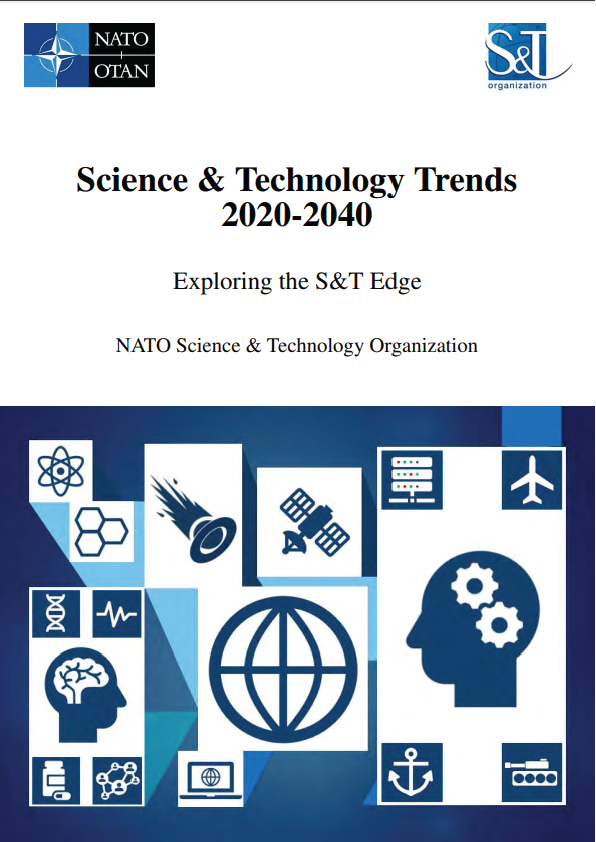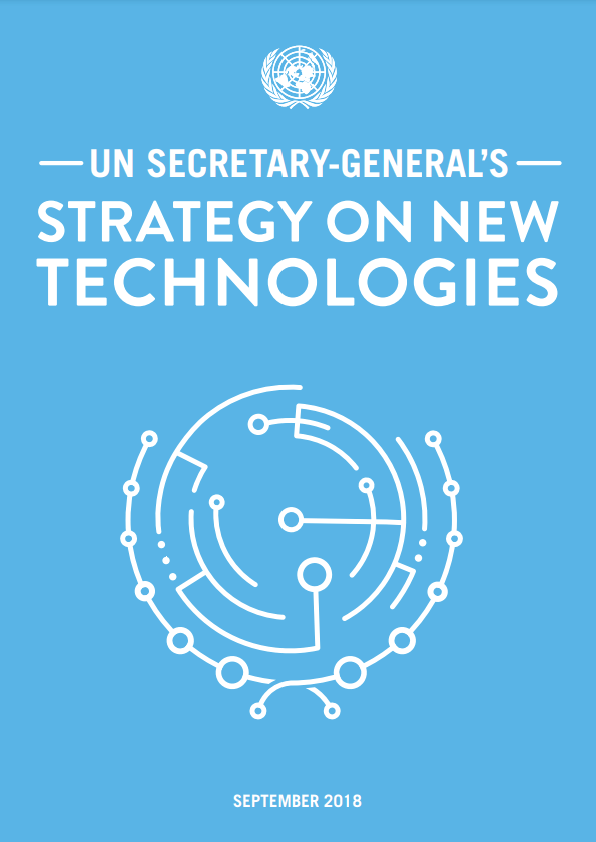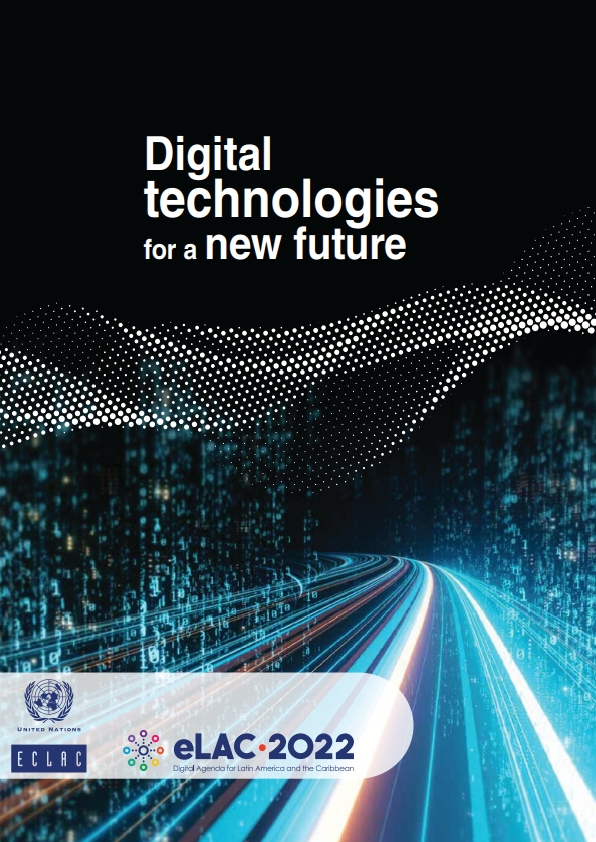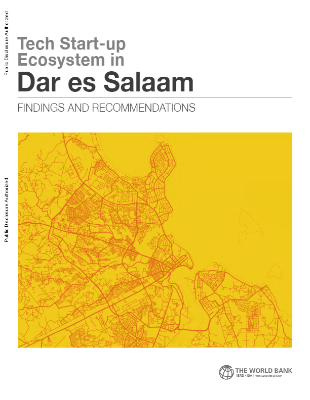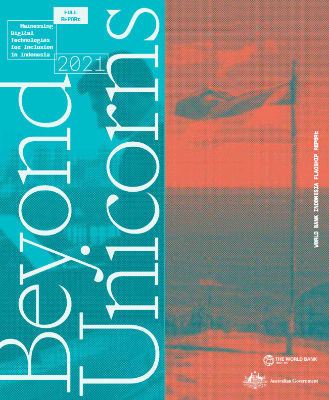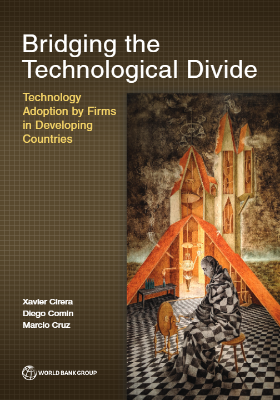A Framework for Low-Carbon Technology Transfer
Accelerating the development and transfer of low-carbon technologies (LCTs) has been at the core of international climate change negotiations since the 1992 United Nations Framework Convention on Climate Change (UNFCCC). This chapter provides a conceptual framework for understanding the development and diffusion of LCTs, with a focus on the growing importance of technology transfer in the South.1 The chapter starts by putting the dynamic process of technological change in historical perspective, highlighting how the diffusion of technologies has occurred over many centuries and is now entering a new critical phase of low-carbon transformation. After placing the challenge of low-carbon technological innovation and diffusion in the context of energy transitions, the chapter discusses the distinctive features of LCTs, relative to their carbon-intensive alternatives. Next, it describes the legal basis of LCT under the UNFCCC, and it reviews key findings from the academic literature on the avenues and determinants of LCT transfer and on sources of finance. Finally, the last section provides suggestions on how policy makers can help accelerate the next critical phase of LCT innovation, transfer, and development.
TECHNOLOGICAL INNOVATION AND DIFFUSION IN HISTORICAL CONTEXT
From our earliest ancestors over 3 million years ago to the ongoing journey of Homo sapiens that began more than 200,000 years ago, each successive epoch was sustained by core technologies that formed the basis of human and economic development (Basalla 1988). From the early Stone Age to our modern Silicon Age, individual technologies have developed historically through three broad, interactive stages: invention, innovation, and diffusion (Schumpeter [1934] 2017, 1939). Certain technologies were concocted to meet human needs, whereas others emerged from sheer novelty and gave rise to new uses and desires. Resembling biological processes such as horizontal gene transfer, technological change has always been a cumulative, evolutionary process involving selection, swapping, recombination, and incremental variation (Arthur 2009). Each segment in the chain of technological development—from invention to pilot demonstrations, diffusion, replication, and further improvement—follows a nonlinear, recursive process, whereby each part of the chain interacts endogenously with the other parts (Grubb 2014; Usher [1929] 1954).
Many modern-day technological innovations were made possible by basic technical advances that originated decades or centuries earlier and in many corners of the world, highlighting the collaborative basis of technological change. To take just one example, the remarkable ubiquity of cell phones today would have been impossible without James Clark Maxwell’s original discovery of the phenomenon of electromagnetic radiation, through his theory unifying electricity, magnetism, and light in the 1860s. Subsequently, Heinrich Hertz was the first to actualize Maxwell’s theoretical discovery by generating, sending, and receiving electromagnetic waves in the late 1880s. That work led to the first radio broadcasts by Oliver J. Lodge and Alexander S. Popov in 1894 and 1995, the first transatlantic transmission of radio signals by Guglielmo Marconi in 1901, the first radio broadcast of music by Reginald A. Fessenden in 1906, and the first vacuum tubes around the same time. The following decades spawned the invention of transistors, integrated circuits, and microprocessors (Smil 2017a, 2017b). Indeed, a decades-long, collaborative chain of cumulative innovation connects the intervening years between Maxwell’s discovery and the modern-day microprocessors in products produced by companies such as Apple, Nokia, and Samsung.
